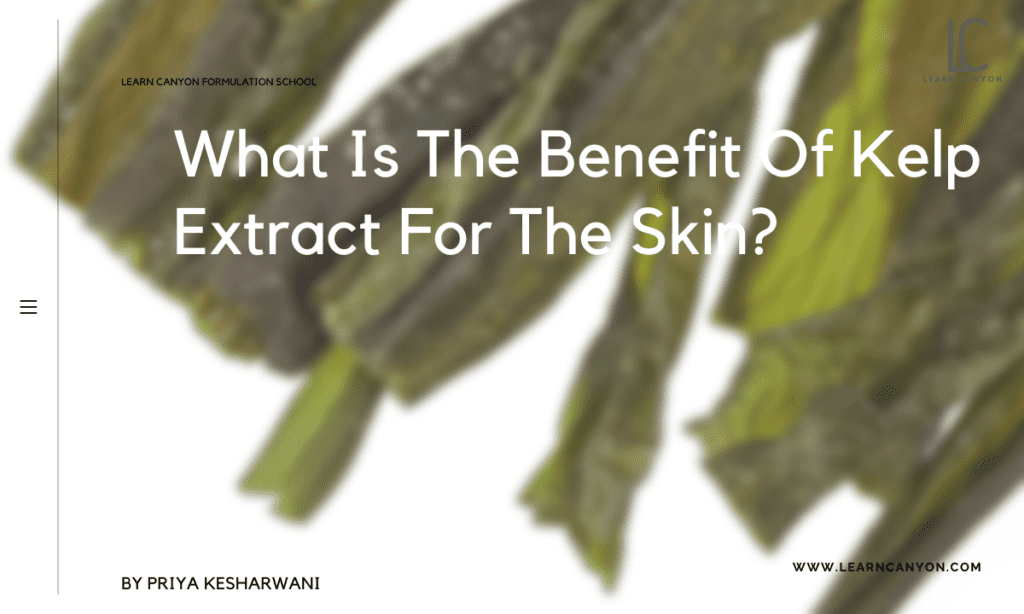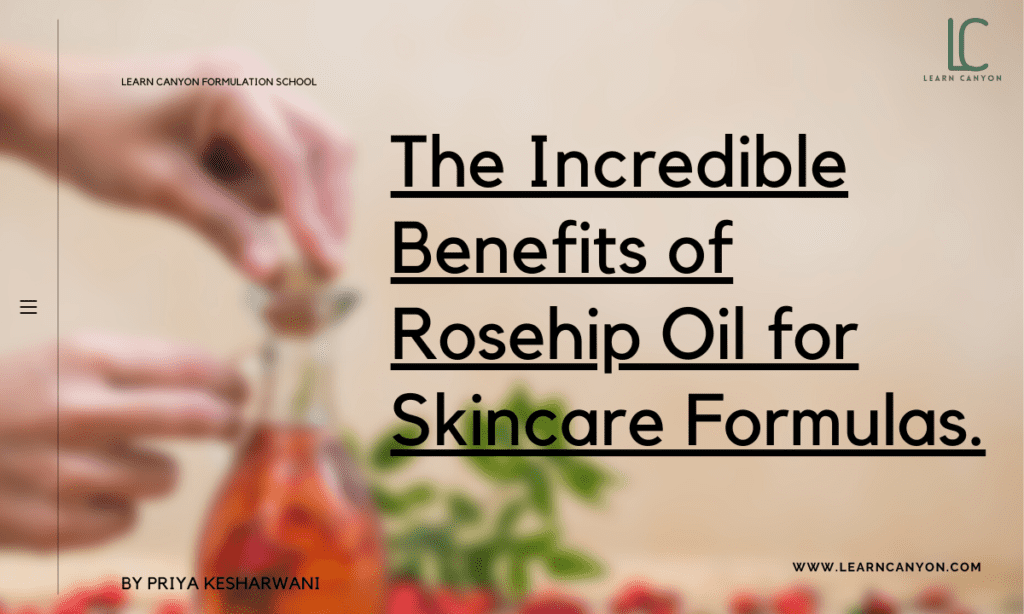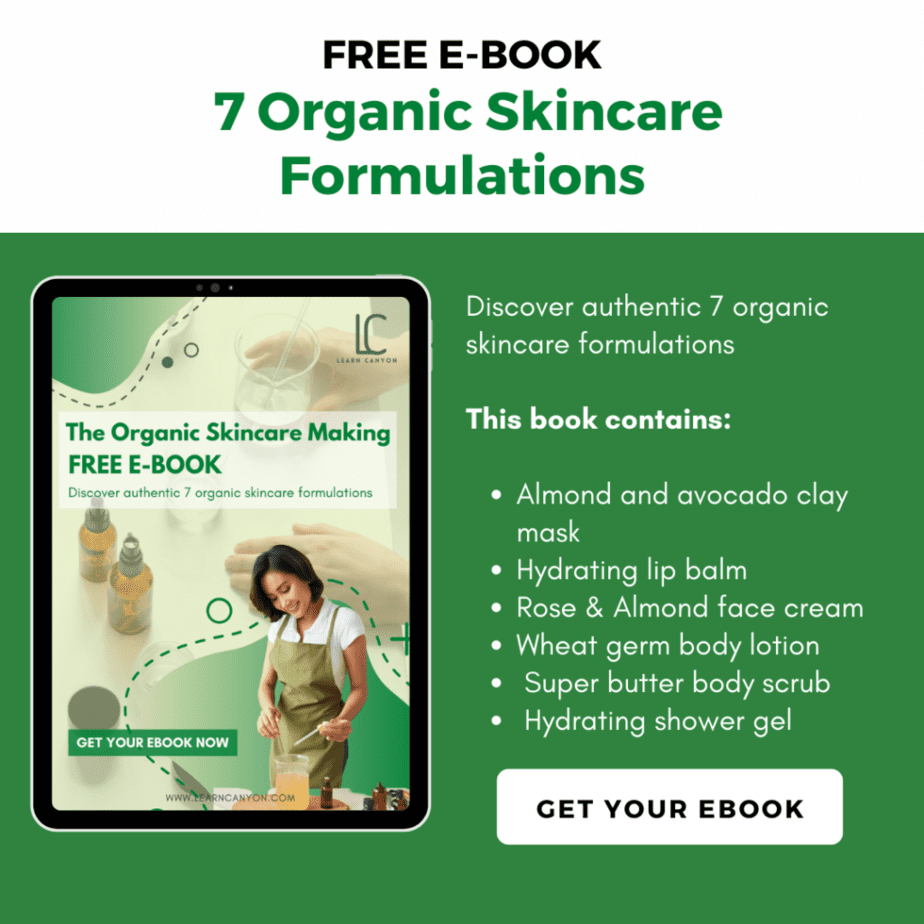
Tea Tree

Tea tree essential oil has incredible skincare benefits.
Tea tree oil is well-known for its effectiveness as an acne treatment, but it’s much more than that. Tea Tree oil has a plethora of uses and advantages for the skin, hair, and health, which is why it’s used in so many cosmetic products. We’ll go over some of its advantages and how to use it safely on a daily basis.
What is Tea tree Essential oil?
Tea Tree Essential Oil is derived by steam distillation of the biomass consisting of Tea Tree leaves and twigs. Each Tea Tree leaf has small sacs that exude the oil. The biomass is saturated and cooked with steam inside sealed chambers in the distillation facility. Sometimes the residual biomass from which the oil is extracted is returned to the harvesting field.
| What is it? | Tea Tree Essential Oil is extracted from the leaves of the Melaleuca alternifolia tree, also known as the Tea Tree, and steam distilled. |
|---|---|
| INCI | Melaleuca alternifolia |
| Appearance | Colourless to pale yellow liquid; |
| Texture | Fluid liquid |
| Recommended Usage | 1-10% |
| Solubility | Water soluble |
| Melting point | NA |
| Boiling point | NA |
| pH | 3-6 |
| Aroma | Fresh, camphor-like aroma. |
| Why do we include it in formulations? | Tea tree antioxidants are particularly well-suited to anti-aging and anti-wrinkle compositions. |
| How to work with it? | Extracts are used during the cooling down process of a preparation. Using the formula, determine the solubility of miscible. |
| Applications | Reduce the appearance of scarring, particularly acne scarring, and provide effective cleansing properties. |
| Absorption rate | Fast |
| Strength | It has antifungal, antibacterial, and anti-inflammatory effects. |
| Weaknesses | Allergic responses are possible with any botanicals. |
| Substitution | Lemon or Eucalyptus. |
| How to store it? | Stored in a cool, dark and dry place. |
| Shelf life | The shelf life of tea tree oil is one to two years. |
| Type of ingredient | Essential oil |
|---|---|
| Main benefits | Kills germs and fungi while also reducing inflammation. |
| Who should use it | Those who suffer from acne and fungal skin disorders such atopic dermatitis. |
| How often can you use it? | Tea tree oil should be applied twice a day for six to twelve weeks to notice results. However, it should be diluted with a carrier oil, such as jojoba oil, before being applied to the skin. |
| Works well with | Carrier oils that are noncomedogenic. |
| Doesn't work with | Any other active substance (benzoyl peroxide, salicylic acid, retinol, etc.) |
| How to use | Extracts are used during the cooling down process of a preparation. |
Mechanisms of action
Tea tree oil’s constituents, especially terpinen-4-ol and -terpineol, work as antimicrobials by affecting the structural and functional integrity of bacterial membranes.
Hydrocarbons have the ability to partition into the cell and cytoplasmic membranes of bacteria, disrupting their critical processes and perhaps causing ion leakage and respiration suppression. Cell lysis can occur as a result of the cell wall weakening, loss of turgor pressure, and consequent rupture of the cytoplasmic membrane.
Benefits of Tea tree Essential oil
1: Enhances skin radiance
Tea tree oil is the greatest choice for skin care. It is quite good to your skin and gives it a vibrant and glowing appearance. It is an antioxidant powerhouse that aids in the reduction of dryness and smoothing of the skin.
2: Aids in the treatment of acne
Tea tree oil’s anti-inflammatory and antimicrobial characteristics make it an excellent acne treatment. It appears to be as effective as benzoyl peroxide, according to research. It removes impurities and prevents blockage by penetrating the pores. It also helps to lighten and minimise scars. Tea tree oil helps to restore the skin’s natural oil balance. Though tea tree oil takes time to function, using it for 45 days straight can be quite beneficial to your skin.
3: Protects against skin diseases
This oil’s antimicrobial and anti-inflammatory qualities aid in the healing of infections. It’s effective for psoriasis, herpes, and athlete’s foot, among other skin problems. It also aids in the alleviation of skin irritation and inflammation. Apply a few drops of tea tree oil to the afflicted region after mixing it with moisturiser or olive oil.
4: It’s a natural deodorizer.
Tea tree oil’s antibacterial characteristics can aid in the reduction of odour caused by perspiration. It’s a deodorant that’s both safe and effective.
Side effects of Tea tree Essential oil
When administered topically, it is generally harmless, but it might cause skin irritation, dryness, and edema. When applied to the skin in modest amounts, tea tree oil has no negative effects. However, if used in high concentrations directly, it may irritate the skin.
How to use it in formulation?
Extracts are used during the cooling down process of a preparation. Using the formula, determine the solubility of miscible.
Works well with other ingredients
Work well with Carrier oils that are noncomedogenic




